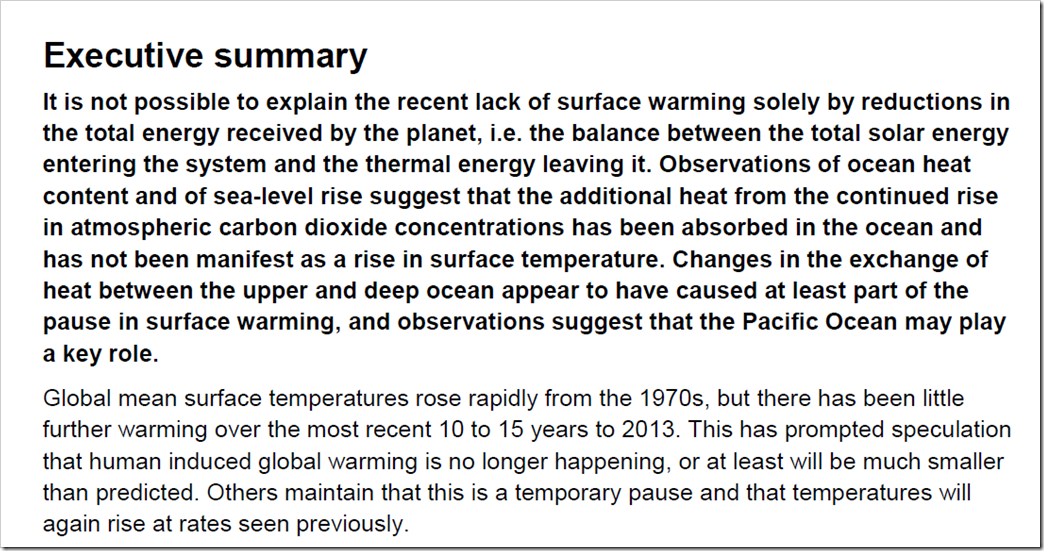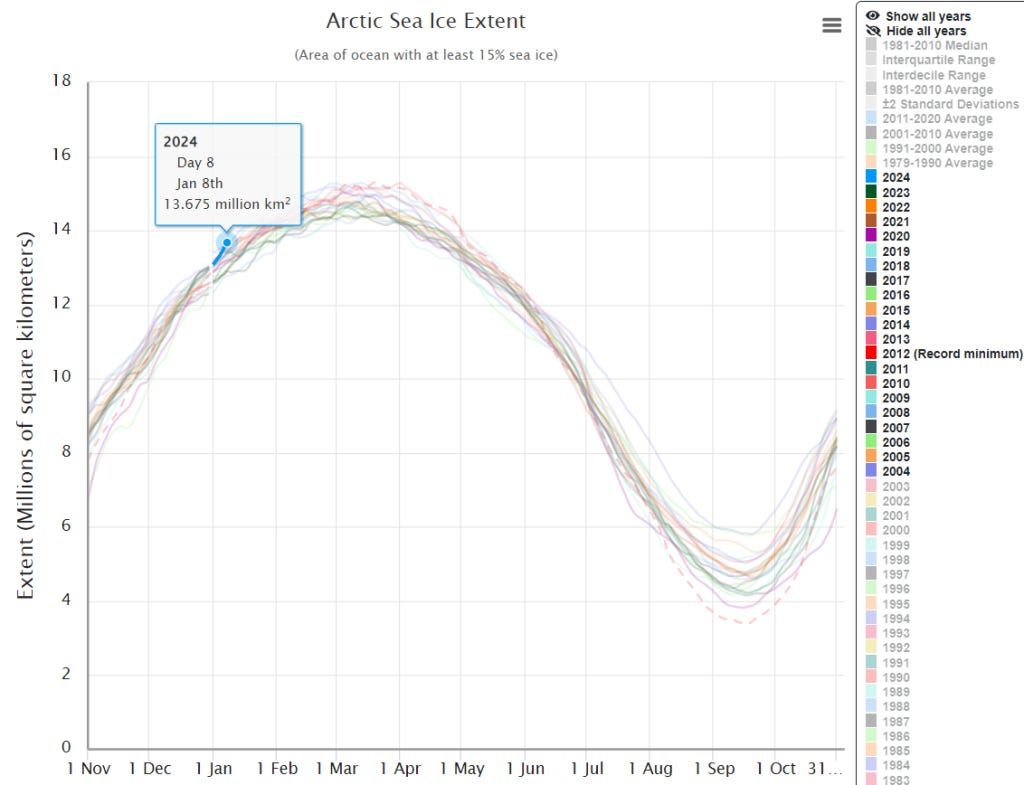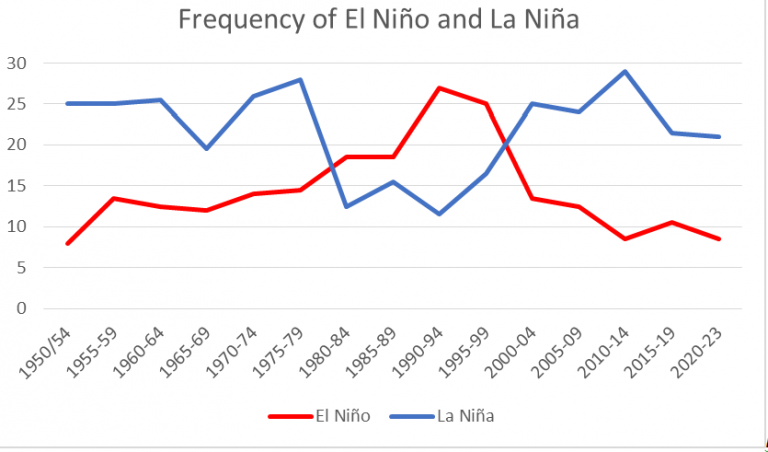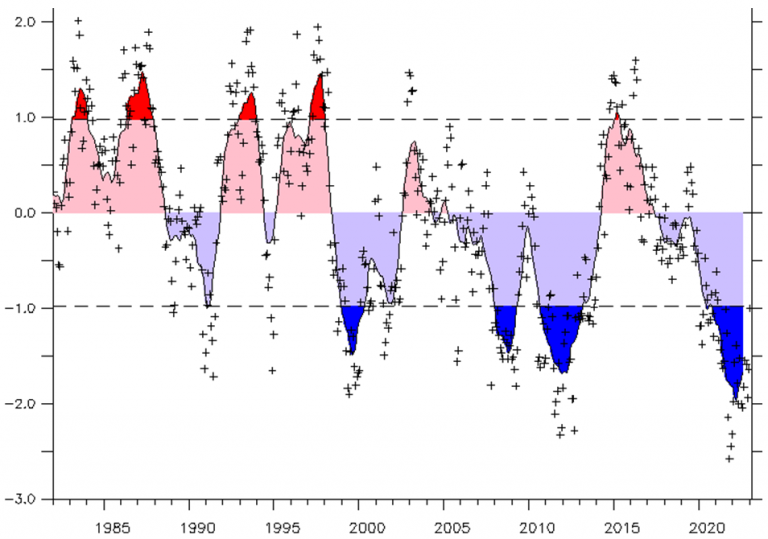by L. Lueken, Feb 21, 2025 in WUWT
A recent Politico article, “Climate change threatens EU’s survival, German security report warns,” claims that “global warming will exacerbate conflicts, hunger, and migration worldwide, with growing risks for Europe.” Evidence undermines these claims. In reality, the world is not suffering destabilization due to climate change, but European populations are far more likely to suffer from climate policy, as Politico briefly mentions.
Politico reports on a “landmark” political report from the German federal intelligence service (BND) that attempts to assess “the dangers climate change poses to German and European security over the next 15 years.” The report concludes that “climate change’s destabilizing effects will drive up migration and food prices, threatening economic and political upheaval,” and “the unequal impact of rising temperatures in the EU — with southern countries hit worse than others — risks tearing the bloc apart.”
Politico goes on to claim that as global average temperature rises, “so do the frequency, severity and intensity of flood-triggering extreme rainfall, deadly heat waves, harvest-destroying droughts and the conditions that allow wildfires to spread easily.”
These claims are false, as available data proves.
While rainfall has modestly increased over northern latitudes that contain the European Union member states, extreme rainfall that causes flooding has not. Claims that recent flooding events were “supercharged” or worsened by climate change are pure speculation based on attribution modelling. Data and historical records of flood frequency and severity debunk claims of unprecedented flooding. Recent flooding in Spain, for instance, was blamed on climate change by attribution groups, but the storm that hit Spain was consistent with a long history of similar storms that are not becoming more severe or frequent. In the Climate Realism post, “Flooding Facts Drowned by Climate Hysteria: The BBC Ignores Spain’s Weather History,” meteorologist Anthony Watts and H. Sterling Burnett describe the history of the region struck by the floods:
Valencia, which sits along and at the mouth of the Turia River on the Mediterranean Sea, suffered similar flooding, for example, in 1897, 1957, and 1996, 127, 67, and 28 years of warming ago, respectively, when temperatures were cooler than at present.
…
As Caroline Angus’ account of the 1957 Valencia flood reveals, these conditions are neither new nor unprecedented. The BBC’s focus on “climate change” and a warmer atmosphere as the primary cause of the recent flooding ignores the atmospheric mechanics behind these storms and downplays the recurrent pattern of similar natural events.
Likewise, Climate Realism debunked other regional European flooding events, here.
Heatwaves and drought are likewise not getting worse, and contra Politico and the German report’s claims, crop production is not declining in Europe due to those conditions, as pointed out in numerous Climate Realism posts, here, here, and here, for example. Wildfires are also on the decline globally.
Interestingly, Politico and the German report do admit that government response to climate alarmism may also cause tension. Politico reports that policies meant to address climate change “will cause tensions, noting that carbon pricing — the backbone of EU climate efforts — disproportionately affects poorer households.” This fact should be obvious to anyone. Carbon pricing does not bother the elites, who can afford higher energy prices.
…






